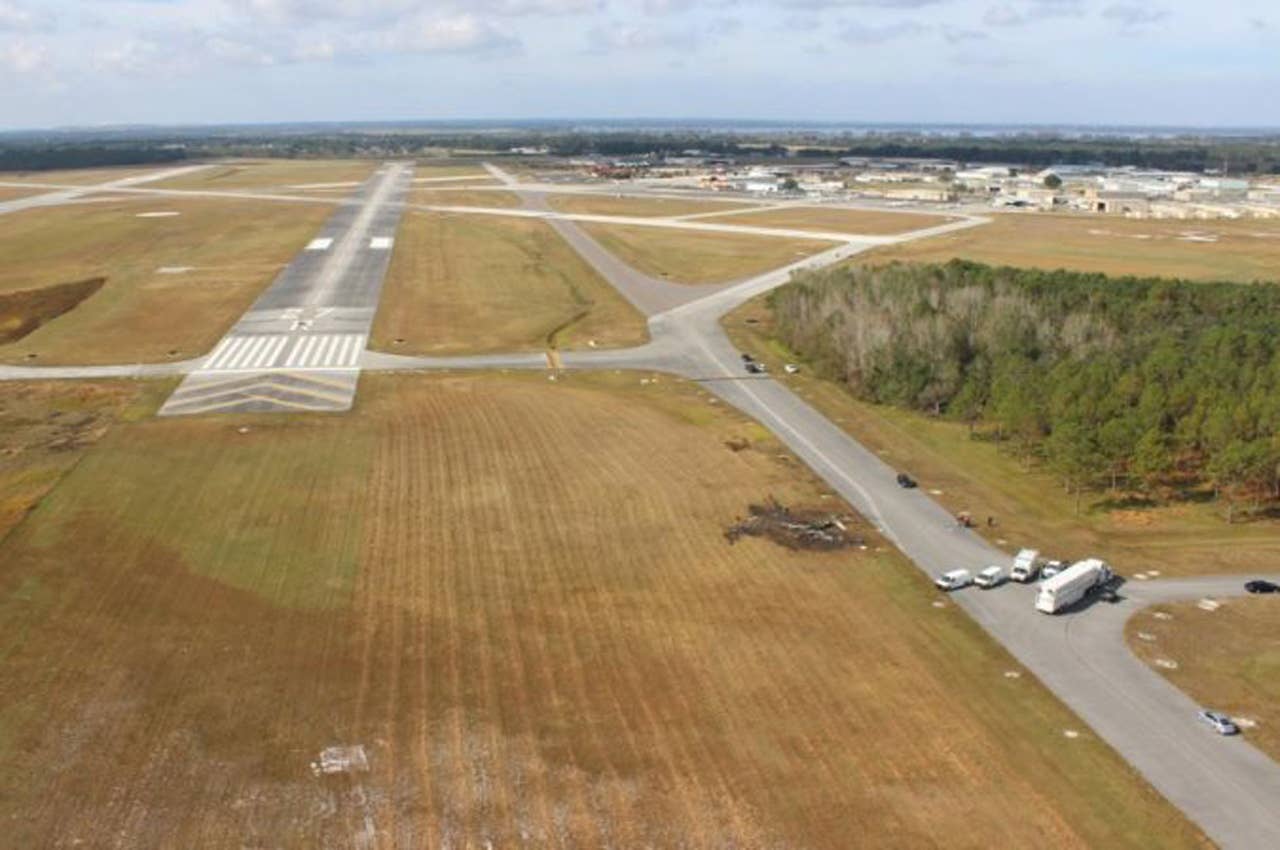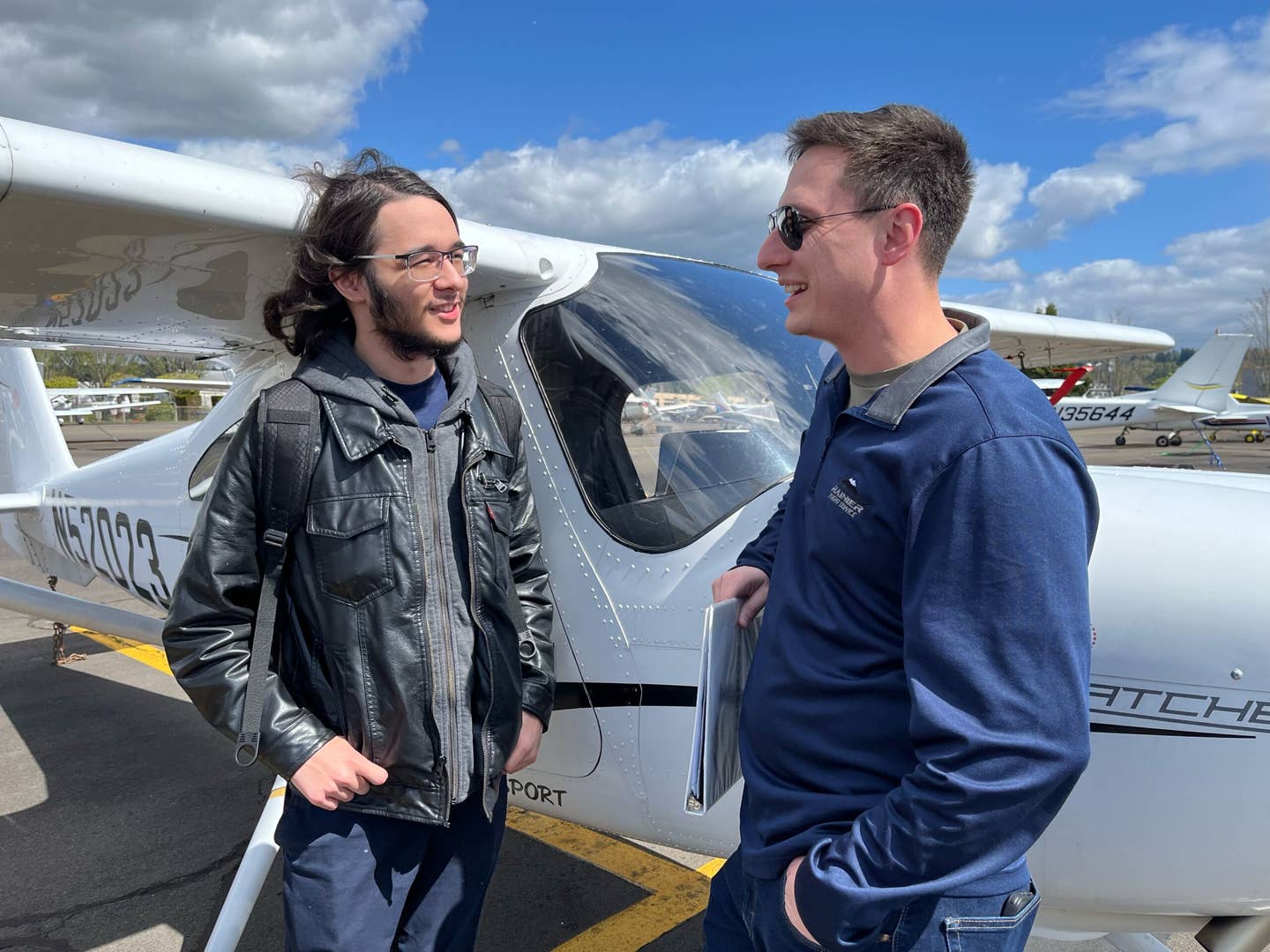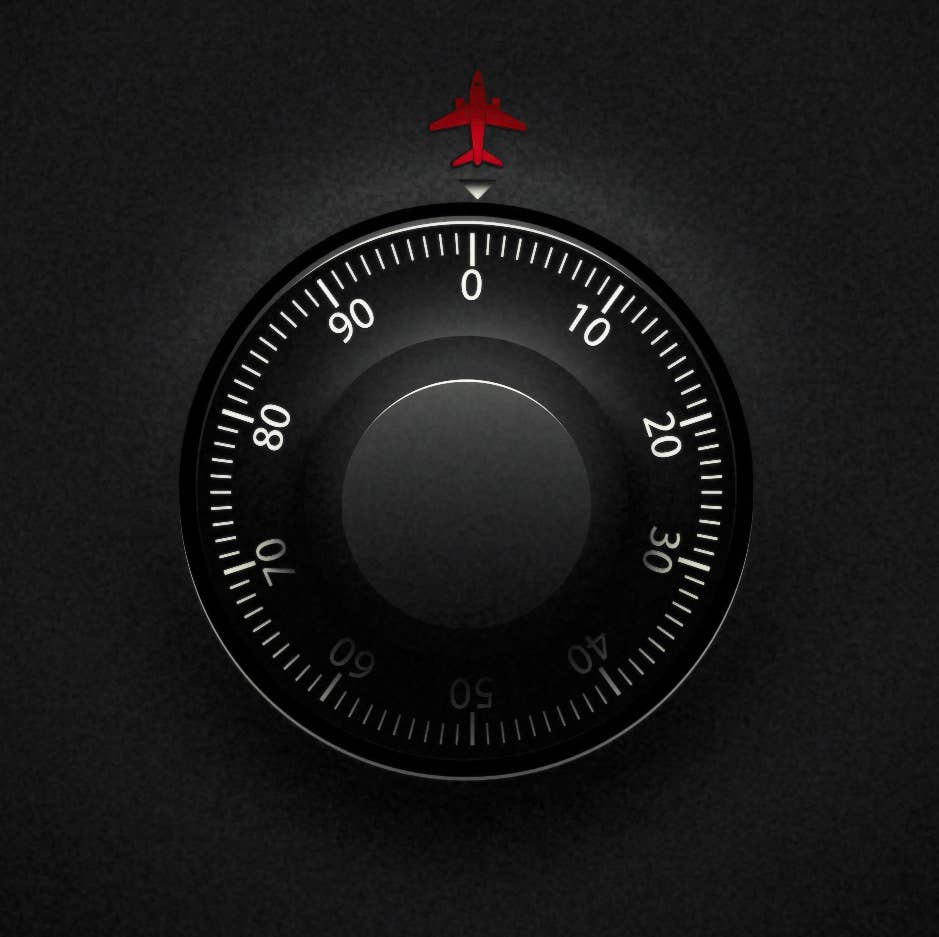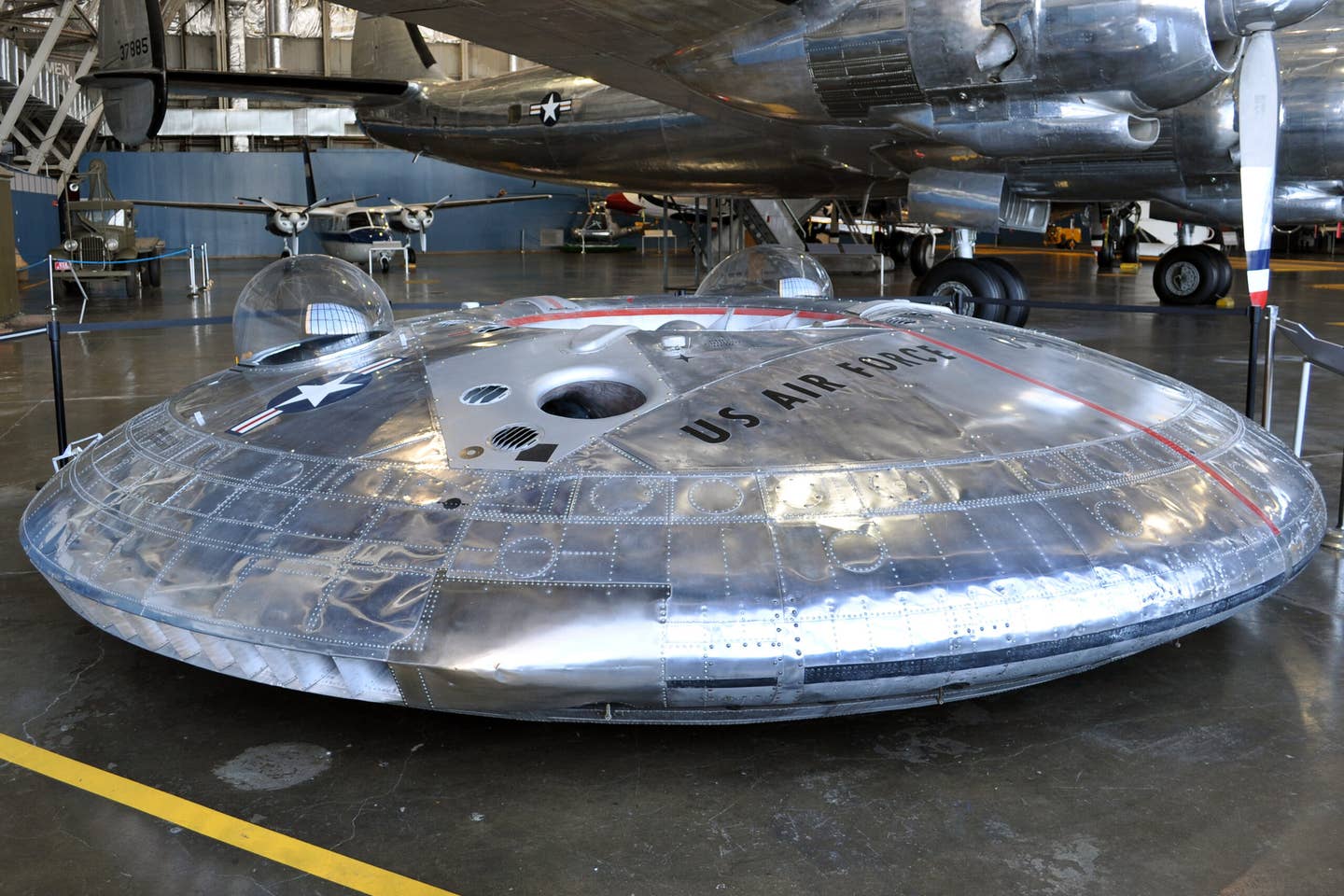What Makes a Debatable Risk?
A questionable takeoff in fog by the pilot of a Cessna 340 ends in tragedy.

Aerial view of the airport accident site. NTSB Accident Report
Early in the morning of Christmas Eve in 2017, dense ground fog covered some parts of central Florida. The sky above was clear and the forecast called for the fog to burn off by 9 a.m.
Sometime before 7 a.m., the pilot-owner of a Cessna 340 asked the Bartow Municipal Airport FBO where he hangared the airplane to tow it out to the ramp edge, so that he would not have to taxi among parked airplanes in the fog. The pilot and four passengers—his two daughters, the husband of one and a friend—were already seated in the airplane when two linemen towed it out and, at the pilot’s request, wiped condensation from the windshield with a towel. They then watched as he started the engines and taxied very slowly away into the mist.
Apparently, the idea that he was going to take off in such heavy fog so struck the line personnel that one of them got out a cellphone and made a video of the 340 taxiing out. They then moved to an area on the ramp closer to the runway, near midfield. After a long delay during which the pilot performed his preflight checks and copied an IFR clearance to Key West, they recorded his takeoff roll on Runway 9L. In the video, the airplane is hidden by the fog, but it appears from the glimpses of bluish sky at the top of the frame that, despite an automated weather observation of a 300-foot overcast ceiling, the fog layer was in fact quite thin and there were no clouds above it. Witnesses estimated the visibility within the fog as 400 to 800 feet.
In the video, the strong, steady sound of the 340’s 310 hp Continentals can be heard as it approaches. The airplane presumably breaks ground at or before the middle of the 5,000-foot runway. Two chirps, the sounds of tires scuffing against the runway surface, are heard; these are thought to indicate some sideways motion as the airplane briefly settled after lifting off. The engine sound continues, gradually fading, for almost 20 seconds until the recording ends.
According to the lineman who shot the video, the thud of the crash occurred a few seconds after he ceased recording. He and his partner drove toward an amber glow shining through the fog and found the airplane demolished and engulfed in flames. No one aboard survived.
A helicopter pilot, standing on another part of the ramp, reported that about three seconds before the crash he heard a pop, like the sound of a backfire. The sound, whatever it was, was not captured on the lineman’s video, nor did NTSB investigators try to explain it. They concluded that the 340 had crashed inverted, in a steep nose-down attitude, and that the pilot had simply become disoriented in the fog.
Another unexplained anomaly was the position of the elevator trim actuator, which had run beyond its normal limits in the aircraft-nose-down direction. The Board theorized that in the crash one end of the trim cable had broken, allowing the other end to spin the trimmer sprocket farther than it would normally have been able to go. The setting of the actuator before the crash could not be determined. The mechanic who maintained the airplane recounted that if its autopilot were turned on while on the ground, it would react to the slightly nose-high attitude by trimming the nose all the way down. The relation of this piece of information to the accident, if any, remained unresolved.
There was no indication of engine trouble, and the condition of the wreckage made it impossible to tell the status of the autopilot or the attitude gyro.
A year later, when the NTSB released its report on the accident, the ABC News affiliate in Lakeland headlined, “NTSB: Pilot involved in 2017 Christmas Eve crash that killed 5 called ‘risky’ and ‘not a safe pilot.’”
Sometimes NTSB reports include comments from people who knew the pilots involved, or instructors who flew with them. When they are derogatory, they seem to be intended to demonstrate, even in the absence of direct evidence of misdoing, that in one way or another the pilot was to blame for the accident.
The pilot in this case was a corporate lawyer, 70 years old, with 1,600 hours and an instrument rating. He did not fly a great deal; the 340 had logged 64 hours in the past three years. But the airplane was well-maintained and, according to one acquaintance, when he was going to carry passengers the pilot would always go out a day or two before for a short hop to be sure everything was in order.
He had, in fact, done so two days before the accident. He had also adjusted the positions of some seats to ensure that the airplane would remain within CG limits with five aboard. Previously—perhaps before he knew he would be flying four people to Key West—he had all of the fuel tanks topped. The fuel supply was far beyond what was needed for the 45-minute flight and resulted in the 340 being about 100 pounds over gross weight. The CG was well within limits, however, and a 100-pound overload is not very consequential in a 6,000-pound airplane. To a news reporter, however, it probably smells like rank lawlessness.
An associate of the deceased reported, with implied disapproval, that he had once mentioned having lost an engine in cruise and continued about 80 nm to his destination rather than land at the nearest airport. Another said that he always flew with his feet on the floor rather than on the rudder pedals; on the other hand, he was never dangerous in the airplane and never flew recklessly. Another described him as a good and “diligent” pilot. Yet another said that he flew with the pilot once and refused to fly with him again, because he was “not a safe pilot and took unnecessary risks.”
An airline pilot who knew the accident pilot and had instructed him for the instrument rating 15 years earlier characterized his own and the pilot’s “risk assessments” as “vastly different...given their background and experience.” He reported an incident that occurred early in 2017. He and the pilot were to fly to Jacksonville. In the morning there was dense ground fog, with quarter-mile visibility and a 100-foot ceiling—not so different from the morning of the fatal accident. He said they should cancel the flight, but the pilot responded to the effect that legally they could fly, because they were Part 91.
In the wake of an accident, any recalled carelessness or even nonchalance seems to presage the eventual disaster. This may at times be fair; some pilots are so egregiously lazy, irresponsible or reckless that they truly are “accidents waiting to happen.” But this pilot was not of that type. He seems to have been like most of us: fond of flying, reasonably careful and without any accident or enforcement history. Perhaps he was willing to take an occasional risk; perhaps he simply assessed certain risks differently. We all do.
Is it unreasonably risky to take off in a thin layer of ground fog when the horizontal visibility is several hundred feet? Put the question another way: Is it unreasonably risky to take off at night in dark surroundings? Some pilots would answer yes to both questions. Yet both actions are legal in the eyes of the FAA. In defense of the risk-takers, it can be argued that if you can see the runway centerline and you get on the gauges and maintain a positive rate of climb after liftoff, takeoffs in severely limited visibility are safe enough.
It is only when the airplane ends up in flames at the end of the runway that the debatable risk appears to have been a certainty all along.

Sign-up for newsletters & special offers!
Get the latest FLYING stories & special offers delivered directly to your inbox






